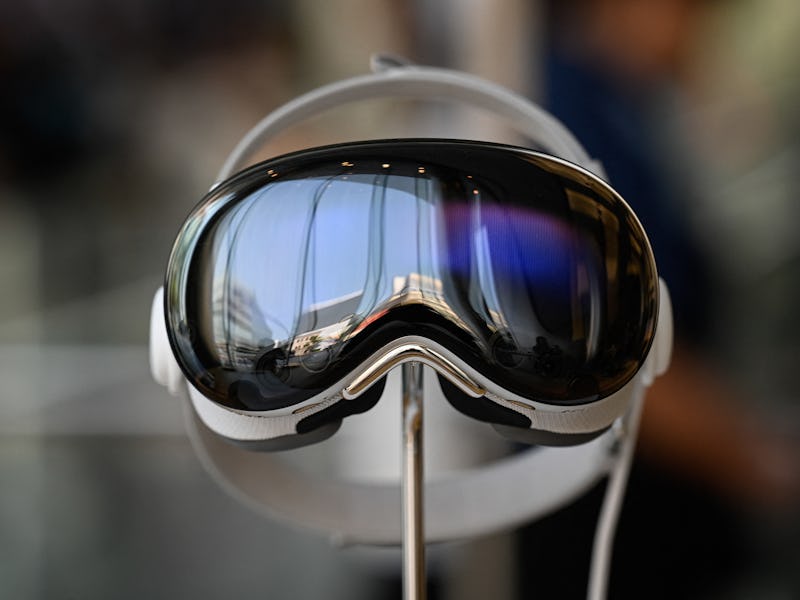Why the Vision Pro Needs Apple Intelligence the Most
Apple's AI suite is likely coming to the Vision Pro, and we could all be better off for it.

If you felt like the Vision Pro was left out of Apple’s big AI expansion, you won’t be bummed for long.
According to Bloomberg’s Mark Gurman, Apple Intelligence — the company’s branded suite of generative AI features — is headed for visionOS. On the surface, that move is a big “well, duh” (Apple Intelligence will be available on iPhones, iPads, and MacBooks) but in practice, it could solidify Apple’s headset as the king of spatial computing.
The Vision For visionOS
According to Gurman’s latest report, Apple is in the process of working out how exactly to fit Apple Intelligence into the Vision Pro but that likely won’t happen this year.
And though the whole thing seems to be in the very beginning stages, it’s not hard to imagine just how features in Apple Intelligence could augment the Vision Pro experience. Key among them, at least in my mind, should be a new and improved Siri that is capable of executing more complex commands.
The Vision Pro is fairly easy to navigate, but it could be even easier.
Apple has already crafted a truly evolutionary input method that combines eye and hand-tracking that feels more natural and refined than those seen in headsets from competitors like Meta’s Quest 3, but there’s no denying that using your voice to navigate could just be easier. The fact is, the smarter Siri is, the less time you’ll have to spend using your eyes and fingers to tap around — even if eye and hand input methods are fairly smooth.
And the use cases obviously wouldn’t stop there. Apple is leaning hard into image generation with Apple Intelligence, and one of the best things to do in the Vision Pro is, well, look at stuff. In theory, Apple could combine those two things and release a feature for generating 3D models that are viewable in Vision Pro. I say “in theory” because a programmer I am not, so maybe that technology isn’t feasible yet.
In any event, bringing Apple Intelligence to the Vision Pro does feel like a unique opportunity to make advanced AI even more useful or even unique. As Gurman notes, the act of bringing Apple Intelligence features to visionOS shouldn’t be a monumental task; visionOS is based on iPadOS and all those AI features already exist there as well as in iOS and macOS.
Bottom line: If Apple is going to make a real “spatial computer” the Vision Pro needs to feel as intuitive as using a laptop. Theoretically, Apple Intelligence could help it do just that.
Meta vs. Apple
There’s a lot to love about the Quest 3 — it’s fairly lightweight, affordable, and even though it doesn't have the same high-resolution passthrough as the Vision Pro, it does a pretty damn good job with mixed reality.
But when it comes to UI, the Vision Pro has a big advantage over Meta and if Apple Intelligence can make Apple’s headset UI even smoother, then that lead gets bigger.
It’s worth noting that there are already hints that Meta might introduce Meta AI to the Quest, so there (unsurprisingly) will be competition for what AI can do in a headset. Apple, however, has the help of a partnership with OpenAI and ChatGPT, so which company’s AI integration actually ends up being more useful is anyone’s guess.
For now, we’ll just have to wait and see, but clearly AI is on the same collision course with mixed reality that it is with other gadgets.